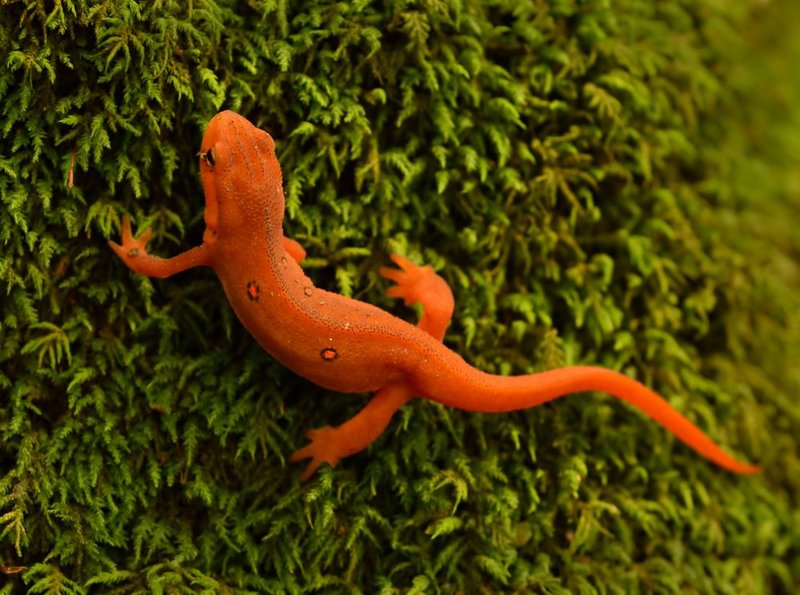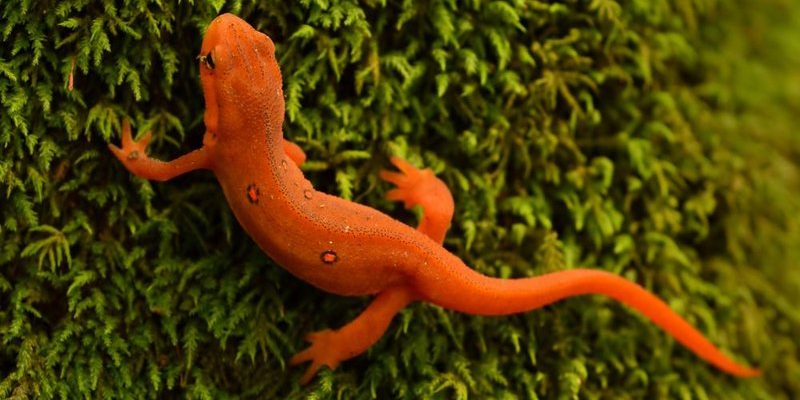
Newts are fascinating little animals, often found in damp habitats like ponds and streams, but they can also be surprisingly resilient when the going gets tough. You might be asking yourself, what exactly makes them so adaptable? Well, they have a unique set of physical and behavioral traits that allow them to thrive in harsh environments. Think of them as nature’s survival experts, equipped with special features that help them face challenges head-on.
Understanding Newt Adaptations
Newts belong to the salamander family, and like their larger cousins, they have some impressive adaptations. One of the most striking features of newts is their slimy skin, which plays a critical role in their survival. This moisture-rich skin not only keeps them hydrated but also acts as a barrier against predators. When faced with danger, some species can even secrete toxins through their skin, making them unappetizing to would-be snacks.
Another key adaptation is their ability to regenerate. If a newt loses a limb, it can grow a new one. This remarkable ability isn’t just a party trick, but a vital survival tool. Imagine you’re in a tricky situation and lose a part of your body; being able to grow it back would be a game-changer! This regenerative quality helps newts thrive, even in environments where injuries are common due to predation or harsh terrain.
Breathing and Hydration Strategies
Living in variable environments means newts have to be smart about how they breathe and stay hydrated. Newts primarily breathe through their skin, which requires them to stay moist. Here’s the thing: if the environment dries out, that can be a huge problem. So, they often tuck themselves away in mud or under leaf litter during dry periods. This behavior helps them avoid dehydration and ensures they can pop out when conditions improve.
You might be wondering how they manage to survive during freezing temperatures. Many newts have a freeze tolerance. This means they can endure being partially frozen, entering a state similar to hibernation until warmer weather returns. Their bodies produce special proteins that help protect their cells from damage caused by ice. It’s like having a built-in emergency blanket for chilly nights!
Behavioral Adaptations
Newts also exhibit fascinating behavioral adaptations that help them navigate difficult circumstances. For instance, they are known for their migration patterns. When the weather changes or ponds dry up, newts often travel long distances to find more suitable habitats. This journey can be risky, but it’s essential for their survival.
During the dry season, many newts will retreat to underground burrows. This behavior helps them escape the harsh elements above ground. Picture them curling up in a cozy nook as the sun blazes down or a drought takes hold. Their ability to go into hibernation when conditions are unfavorable is a smart survival tactic that many creatures practice, but newts have honed this skill over millions of years.
Temperature Regulation
Temperature fluctuation can be a big challenge for newts. They are ectothermic, meaning they rely on the environment to regulate their body temperature. To deal with extreme heat, newts often become nocturnal, coming out at night when temperatures are cooler. This allows them to hunt for food without risking overheating in the harsh sun.
During particularly cold months, some newts will seek out thermally favorable microhabitats, like under rocks or in leaf litter, where temperatures are milder. This doesn’t just help them stay warm—it also provides some protection from predators. You might think of these spots as little heated pools, keeping them safe and snug until conditions improve.
Feeding Strategies in Tough Times
Newts are carnivorous, feeding on small invertebrates, but food can be scarce in harsh environments. They’ve adapted their feeding strategies accordingly. Newts can slow their metabolism significantly when food is tough to find, which helps them survive on fewer resources. Some species can even go for extended periods without eating at all! This metabolic flexibility means that, when the going gets tough, they can hold out until the situation improves.
In addition to reducing their food intake, newts are also opportunistic feeders. This means they’ll eat whatever they can find, from insects to small worms. When resources are low, these little guys become experts at hunting, using their keen eyesight and agility to nab their meals.
Newts might seem like unassuming creatures, but their ability to survive in harsh environments is a testament to the wonders of evolution. With adaptations ranging from regenerative abilities to smart behavioral practices, they’ve carved out a niche that allows them to thrive where many others wouldn’t dare venture. The next time you see a newt, remember that these little amphibians carry a wealth of survival strategies, making them one of nature’s resilient marvels. Their story is a reminder that adaptability is key in the face of adversity, whether it’s in the wild or in our everyday lives. So the next time you face a challenge, channel your inner newt and find a way to thrive!

